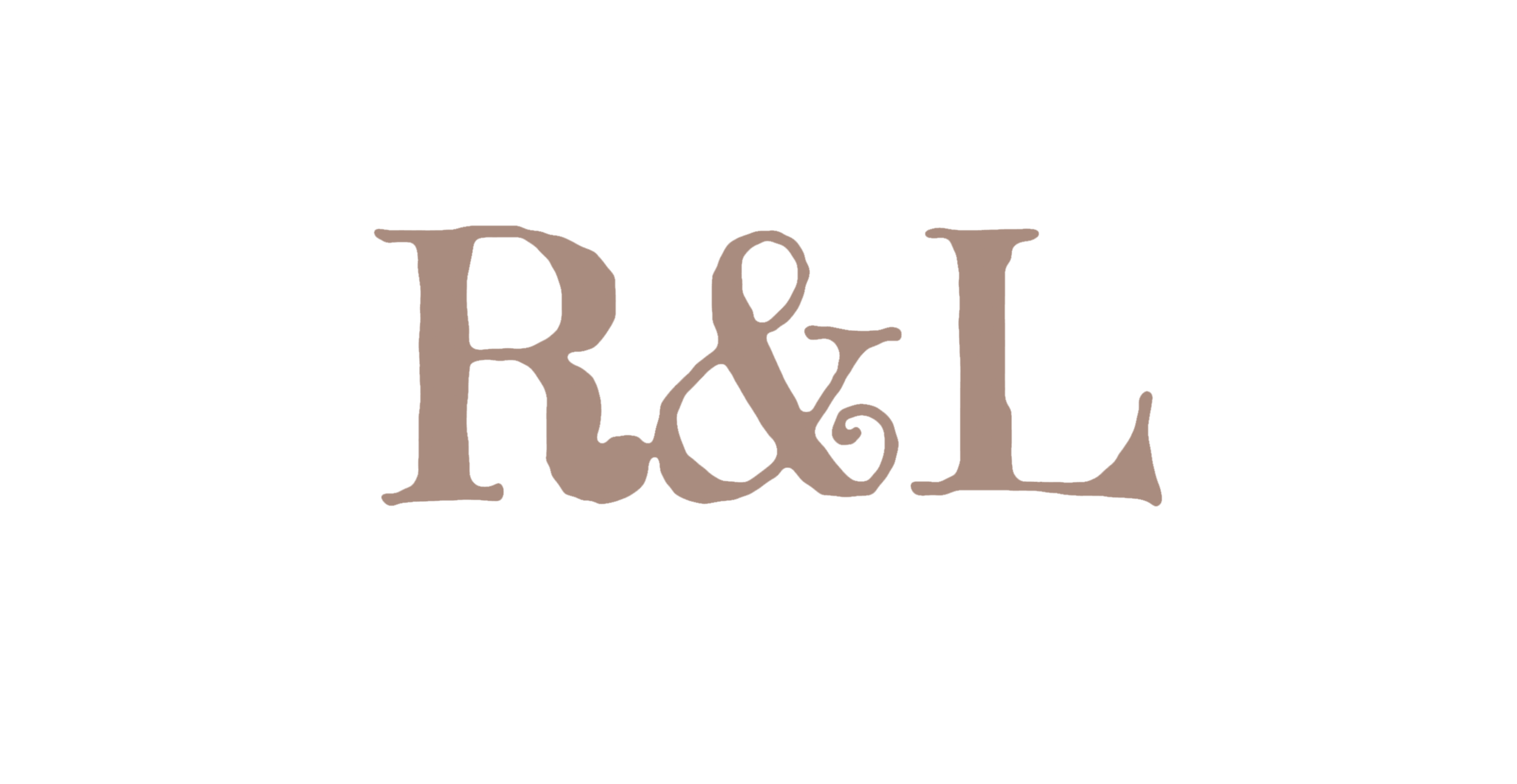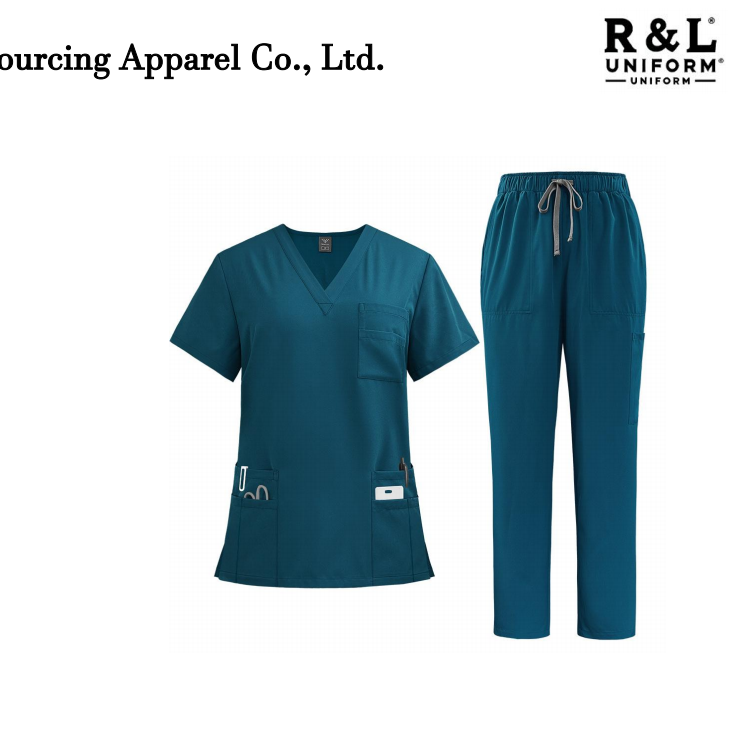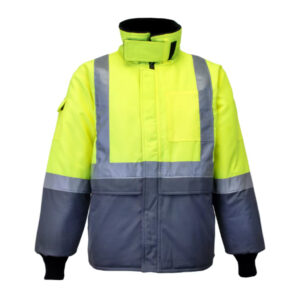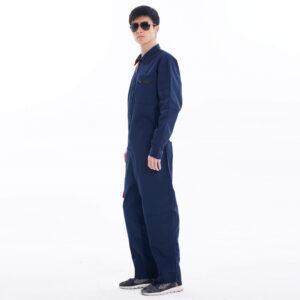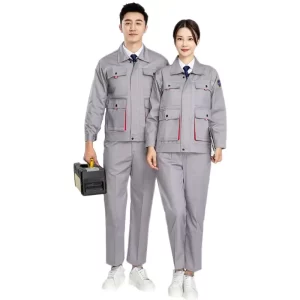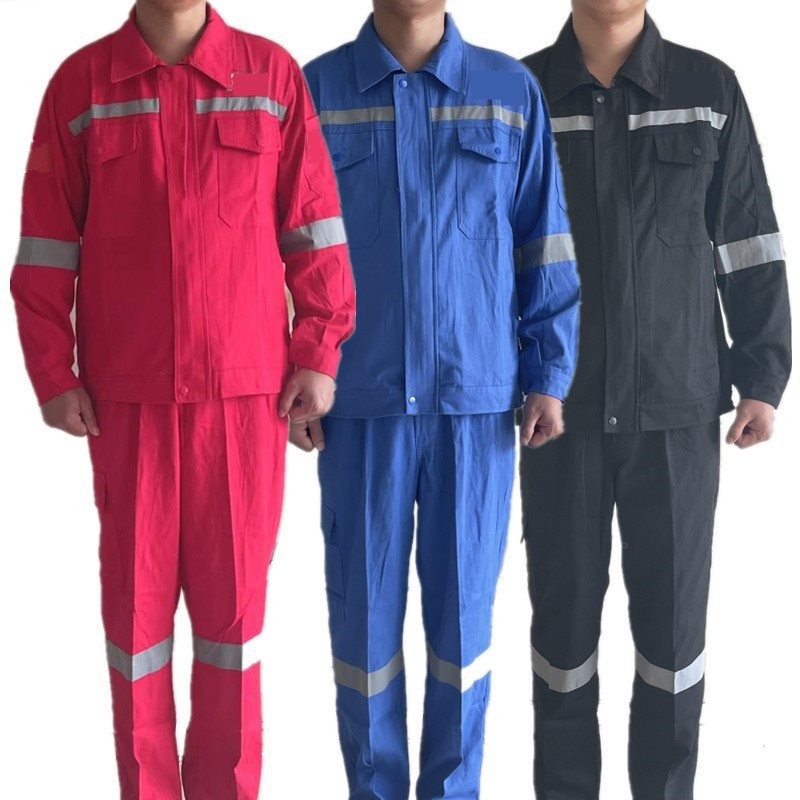Introduction
Boiler suits, with their iconic one-piece design, have long been a staple in various industries, offering both functionality and style. From factory floors to fashion runways, these versatile garments have made their mark. In this comprehensive guide, we delve into the world of boiler suits, exploring their history, design features, and contemporary applications.

A Brief History
The origin of boiler suits can be traced back to the late 19th century when they were primarily worn by workers in boiler rooms and factories. Their durable construction and full-body coverage provided protection against dirt, grease, and other workplace hazards. Over time, boiler suits evolved beyond their utilitarian roots to become a symbol of practicality and efficiency in workwear.
Design and Features
Boiler suits are characterized by their one-piece construction, typically featuring a front zipper or button closure for easy donning and doffing. They often include multiple pockets for storing tools and essentials, as well as elasticized waistbands and cuffs for a secure fit. The material used varies depending on the intended application, with options ranging from heavy-duty cotton for industrial settings to lightweight blends for casual wear.
Versatility in Workwear
Boiler suits are valued for their versatility across a wide range of industries. In manufacturing and construction, they offer protection against dirt, debris, and minor abrasions, while in automotive and aviation, they provide insulation against heat and flame. Their functional design also makes them popular among outdoor enthusiasts, artists, and DIY enthusiasts seeking durable and comfortable attire for their endeavors.
Fashion and Trends
In recent years, boiler suits have experienced a resurgence in the fashion world, with designers incorporating their utilitarian aesthetic into high-end collections. From runway shows to street style, boiler suits have become a favorite among fashion-forward individuals looking to make a statement with their attire. Available in a myriad of colors, patterns, and fabrications, they offer endless possibilities for personal expression.
Practical Considerations
When choosing a boiler suit, it’s essential to consider factors such as fit, fabric, and intended use. A well-fitted suit ensures comfort and mobility, while durable materials like cotton twill or polyester-cotton blends offer longevity and ease of maintenance. Additionally, features such as reinforced knees, tool loops, and reflective accents enhance functionality and safety in demanding work environments.
Conclusion
Boiler suits embody a perfect blend of form and function, serving as both a practical workwear essential and a fashionable statement piece. Whether worn on the job or on the streets, their timeless appeal and versatility continue to endure. By understanding their history, design features, and contemporary applications, we gain a deeper appreciation for the enduring legacy of boiler suits in the world of fashion and industry.
In conclusion, boiler suits are more than just garments; they are symbols of resilience, utility, and style—a testament to the enduring legacy of functional fashion.
This guide aims to provide insight into the multifaceted world of boiler suits, highlighting their history, design features, and contemporary relevance across various industries and fashion trends.
